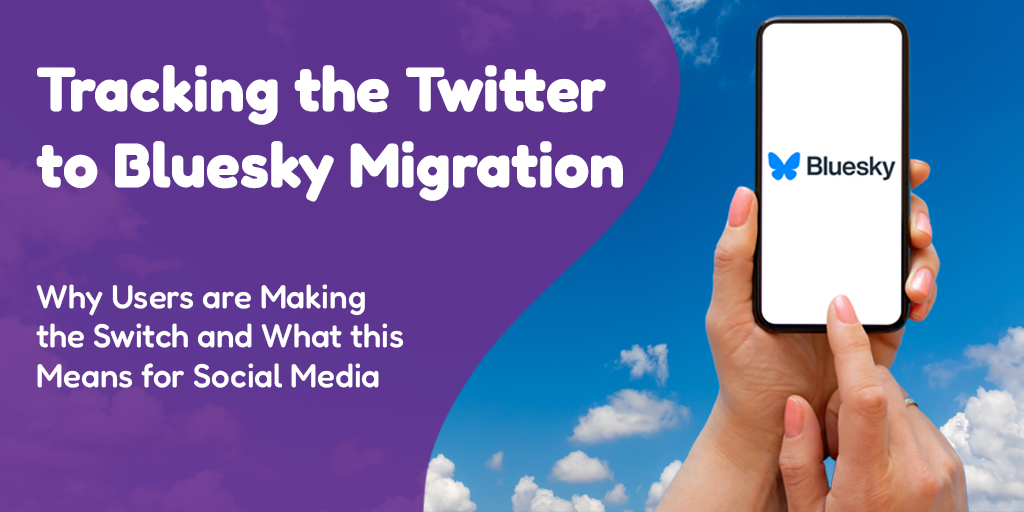WordPress is a wonderful, open source, flexible, user-friendly, mobile-friendly, SEO-friendly way to build a website. It’s what this site is running on, and it’s one of the most popular platforms on the web. However, this very user-friendliness comes with a price.
The downfall of many things which are user-modifiable is that they are also readily user-breakable. Many people like to fault Apple for being a very closed system–and they are right, to a point. However, it is this closed system that lets Apple provide a highly functional and dependable computer with excellent customer service should you have problems. When building a website, it’s actually a pretty different animal–the least-user-modifiable systems are really pretty poor even for the totally new-to-the-web user (see GoDaddy’s awful Website Tonight product). However, they do provide one significant advantage: it’s hard for the uninformed user to break them.

WordPress is a great entry-level platform for sites. In its default state, it allows users to quickly build an attractive, usable site with as much content as they want. If the user never touches anything but the default adjustments, their site will probably work perfectly for the foreseeable future.
But the fact is, people like to fiddle, and my generation of internet users has high expectations for websites. WordPress provides access to thousands of plugins which extend the interface, add functionality, let you alter additional settings, and so forth. Many are excellent. There are about 3-4 that I install on every site I work on, because they provide functionality I depend on to create SEO-optimized sites. However, not all plugins are good. Some are downright dangerous, and even those that aren’t can create problems.
This week I’ve had the good fun of fixing two sites damaged by WordPress plugins. One was infected with a virus or trojan which had gained access via a poorly-built plugin. The other was mysteriously difficult to edit–I simply could not get the theme to display properly…until I deactivated a plugin with no apparent connection to the formatting. Magically, the site returned to its proper appearance.
I frequently access sites for the first time and discover that there are multiple redundant plugins installed and active, or active plugins whose settings have not been set correctly, or plugins which are actively creating problems. It’s really important to be aware that plugins are not part of WordPress itself. They’re not always of good quality, and some are downright dangerous. USE CAUTION. Install only the WordPress plugins you need to create the functionality you’re looking for, and deactivate or delete any you don’t need. If possible, maintain a second WordPress install that you can use to test plugins before you install them on your business site.
And ultimately, seek help if you need it. If you find yourself installing five plugins to get something simple changed, odds are you are going about it the wrong way. An experienced person who is well-versed in WordPress can help you make good decisions about what you change and how you change it.
Need help with your WordPress site? Contact me for a site review or SEO assistance.




